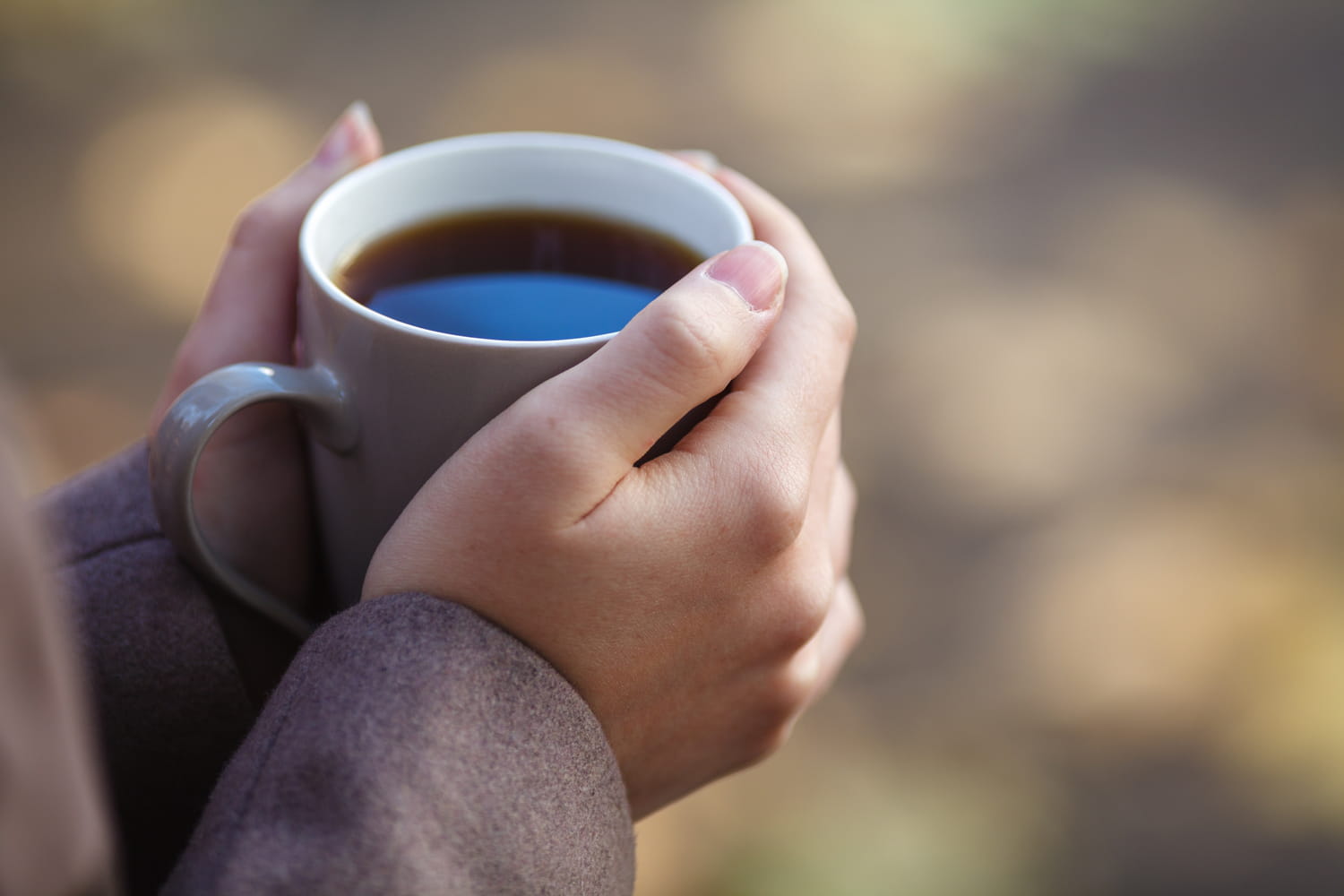Quinoa is a small seed propelled a few years ago to the rank of super-food due to its many nutritional qualities. Healthy benefits, calories, weight loss … zoom in on the one that was nicknamed the “rice of the Incas”.
Under its air of cereals, quinoa is actually a vegetable From the Chénopodiaceae family (leafy vegetables), beet cousin and spinach. But it is her pearl seed that is used in the kitchen, where she lends herself to the same recipes as rice or wheat. This sacred plant that the Incas called “Mother seed“Holds his Name of Quechua (language spoken by the Incas). Its first cultures would go back almost 7000 years in the Andes of South America. There are two varieties of quinoa: White (or blond) and red.
Quinoa has significantly the same calorie value as cereals (rice, pasta, semolina, etc.) but it is distinguished by its nutritional composition.
Much more protein -rich Whether pasta and rice, quinoa is precious for people who limit or even suppress meat food (meat, fish, etc.). Vegetarians, vegans and even flexitarians will thus have every interest in putting the quinoa on the menu to complete their protein contribution. Another asset of this little seed: they have all essential amino acids The proper assimilation of their proteins, unlike other cereals and vegetables.
Twice as much fiber -rich that pasta and three times more than rice, quinoa is Good for transitbut also precious in prevention of cardiovascular diseases, diabetes and certain cancers.
Finally, quinoa is much richer in minerals and trace elements, including iron, manganese, copper and potassium, than the majority of other cereals.
A portion of 100 g raw quinoa brings 380 calories. Cooked, it swells in water and triple volume, its calorie value is then 116 calories per 100g.
| Nutrients | Quinoa cooked with water, without salt: content for 100 g |
|---|---|
| Protein | 4.1 g |
| Carbohydrates | 18.8 g |
| – including sugars | 0.87 g |
| – including starch | 17.6 g |
| Dietary fiber | 2.8 g |
| Lipids | 1.92 g |
| – including cholesterol | 0.0 mg |
| – including saturated fatty acids | 0.23 g |
| – including monounsaturated fatty acids | 0.53 g |
| – including polyunsaturated fatty acids | 1.08 g |
| Water | 71.6 g |
Gluten is a protein fraction present in wheat (flour, pasta, semolina, bread …) but also in barley, spelled and oats which can be the cause of digestive disorders, intolerances or allergy. Quinoa is Naturally devoid of glutenwhich largely contributed to its sudden popularity at the time of the boom of the gluten -free regime in the early 2010s.
Rinse the quinoa before cooking so that it is less bitter.
Starchy foods have a place of choice in slimming diets because they are rich in complex carbohydrates and poor in lipids (fats). This is all the more true for quinoa which is in bonus rich in protein of excellent qualities as well as fibers.
Its proteins bring even more satiety and make it possible to fight against muscle cast iron often linked to weight loss.
Its fibers trap, during digestion, part of the sugar and fats of the meal and limit its absorption.
Finally, quinoa is one of the starchy foods low glycemic indexreal slimming pledge. Its consumption does not disturb blood blood sugar and does not cause insulin peak, hormone which promotes the storage of fat.
The quinoa is covered with a thin layer of saponine, which can give it a slightly bitter taste. Saponin can be dangerous for certain animals and insects but is not for adult human beings. On the other hand, a doubt remains for very young children with the immature digestive system, which is why we recommend as a safety measure, not to introduce it into food before the age of two years. A large part this saponin can be removed by the rinsing with large water from the quinoa before cooking.








